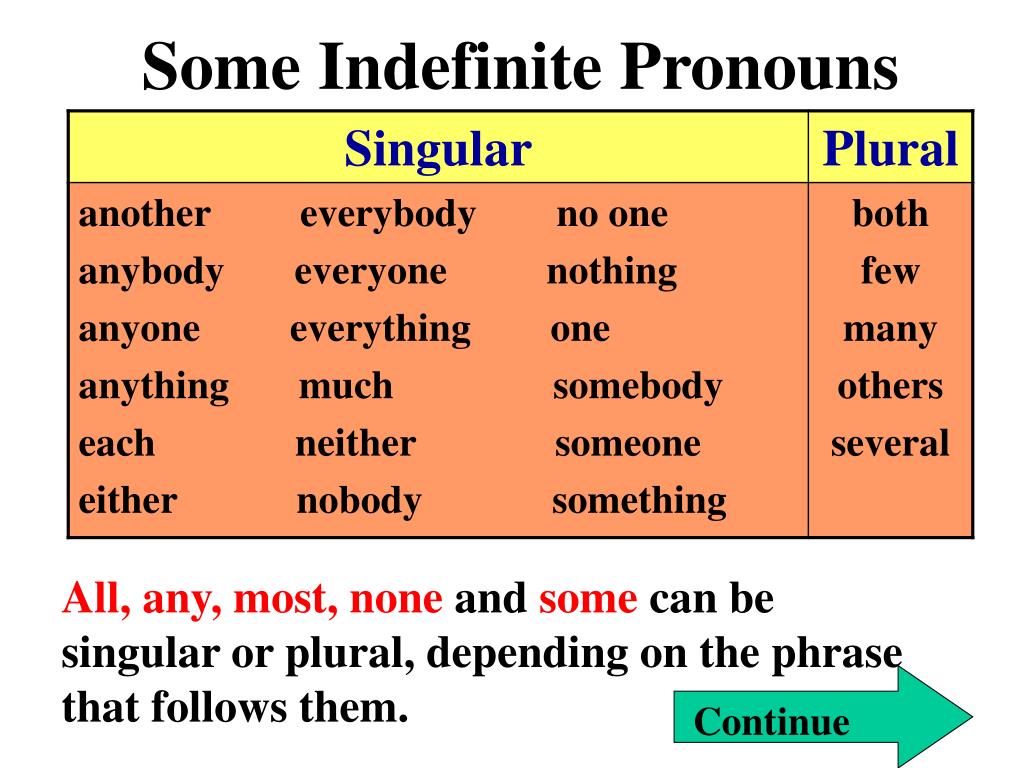
Properly using an individual's correct pronoun is an easy way to show respect. Why does appropriate pronoun usage support inclusion? All of these examples reflect how people express their identities using languages which fail to include gender neutral pronouns. Though they may be used less often, other options also exist, such as "ze/hir/hirs." Additionally, instead of gendered honorifics such as "Ms." or "Mr.", people may choose to use the more inclusive "Mx (pronounced mix). They may opt to use gender-expansive pronouns such as "they/them/theirs" instead of the gendered examples listed above. Gender-expansive employees – those who do not self-identify as male or female – often challenge existing understanding and norms around gender. This binary reference of gender no longer applies to the broadening nomenclature of gender identities and expressions. Traditionally, many languages use gender binary pronouns and suffixes for example, “he/him/his” for men and “she/her/hers” for women. How should we use pronouns for gender-expansive employees? These gender-expansive identities are generally considered part of the greater transgender community. While many transgender people identify on a binary scale – as either a man or a woman – some do not and may instead refer to themselves as "genderqueer," "gender fluid," "non-binary," or by other terms.

It is imperative that workplaces become more accustomed to these realities. Nothing may be more personal than the words people use to refer to us through our names and pronouns.

We use words to communicate, characterize, and describe everything around us.

Words are powerful language tools that help us convey meaning and connect.


 0 kommentar(er)
0 kommentar(er)
